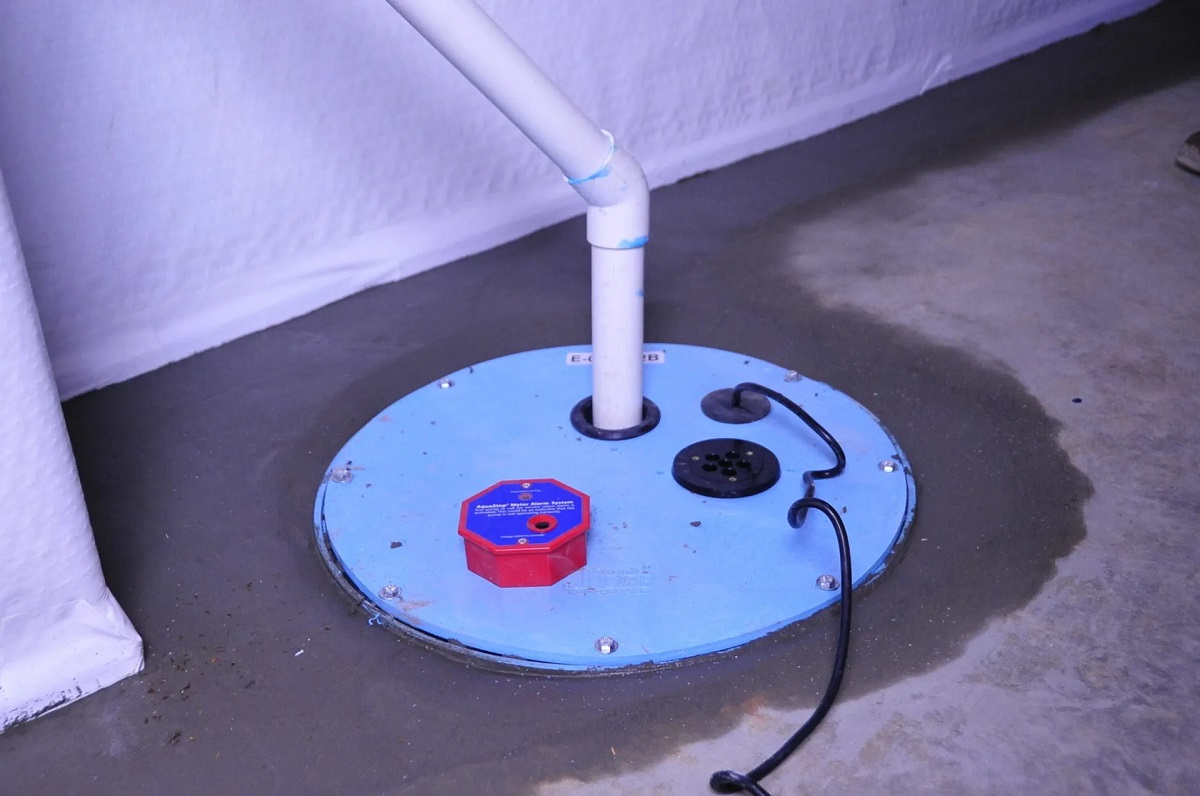

Articles
What Sump Pump Is Best For A Basement
Modified: February 24, 2024
Discover the best sump pump options for your basement with our informative articles. Get expert advice on choosing the right sump pump for your specific needs.
(Many of the links in this article redirect to a specific reviewed product. Your purchase of these products through affiliate links helps to generate commission for Storables.com, at no extra cost. Learn more)
Introduction
When it comes to safeguarding your basement from water damage, a reliable sump pump is an essential investment. Heavy rainfall, melting snow, or plumbing issues can lead to unwanted water accumulation in your basement, potentially causing costly damage to your home and belongings.
Choosing the right sump pump for your basement is crucial to ensure efficient water removal and prevent basement flooding. With a myriad of options available in the market, it can be overwhelming to determine which sump pump will best suit your needs. This article will guide you through the factors to consider when choosing a sump pump and the different types of sump pumps available for basements.
Understanding these factors will help you make an informed decision and select a sump pump that will effectively protect your basement from water damage.
Key Takeaways:
- Choosing the right sump pump involves assessing basement size, water table level, and power source. Consider factors like noise level and durability to find the best balance between performance and affordability.
- Proper installation and regular maintenance are crucial for ensuring optimal sump pump performance. Follow manufacturer guidelines, test the pump’s functionality, and consider a battery backup system for added protection during power outages.
Read also: 14 Best Sump Pumps For Basement For 2025
Factors to Consider When Choosing a Sump Pump
Before investing in a sump pump for your basement, it’s essential to consider several factors that will impact its performance and effectiveness. Here are some key factors to keep in mind:
- Basement Size: The size of your basement will determine the pumping capacity required. Larger basements may need a more powerful sump pump to handle greater water volumes.
- Water Table Level: Understanding the level and frequency of the water table in your area is crucial. If your basement is situated in a region with a high water table, you may need a more robust sump pump to handle excessive water infiltration.
- Power Source: Consider the power source available in your basement. Sump pumps typically run on electricity, but some models also offer battery backup systems for uninterrupted operation during power outages.
- Pump Switch: The type of pump switch is important as it determines when the sump pump activates and deactivates based on water levels. Common types include tethered floats, vertical floats, and electronic sensors.
- Noise Level: If noise is a concern for you, opt for a sump pump with noise reduction features or considering installing the pump on a sound-absorbing platform.
- Budget: Set a budget for your sump pump investment, considering the cost of both the unit and installation.
By taking these factors into account, you can narrow down your options and find a sump pump that aligns with your basement’s specific requirements.
Key Takeaways:
- Choosing the right sump pump involves assessing basement size, water table level, and power source. Consider factors like noise level and durability to find the best balance between performance and affordability.
- Proper installation and regular maintenance are crucial for ensuring optimal sump pump performance. Follow manufacturer guidelines, test the pump’s functionality, and consider a battery backup system for added protection during power outages.
Read also: 14 Best Sump Pumps For Basement For 2025
Factors to Consider When Choosing a Sump Pump
Choosing the right sump pump for your basement requires careful consideration of several factors. By evaluating these factors, you can make an informed decision and find a sump pump that will effectively safeguard your basement from water damage. Here are the key factors to keep in mind:
1. Basement Size: The size of your basement plays a significant role in determining the pumping capacity required. A larger basement will need a more powerful sump pump that can handle greater water volumes. It’s important to choose a sump pump with an adequate horsepower rating that matches the size of your basement.
2. Water Table Level: The water table level in your area is another critical factor to consider. If you live in an area with a high water table or have a basement prone to frequent flooding, you will need a sump pump with a higher pumping capacity and a reliable float switch mechanism to handle excessive water infiltration.
3. Power Source: Consider the power source available in your basement. Most sump pumps are electrically powered and require a dedicated circuit. However, it’s worth considering a sump pump with a battery backup system. In the event of a power outage, the battery backup will ensure that the sump pump continues to function, providing essential protection for your basement.
4. Pump Switch: The pump switch is responsible for activating and deactivating the sump pump based on the water level in the pit. There are different types of pump switches available, including tethered floats, vertical floats, and electronic sensors. Each has its advantages, so choose a switch that suits your needs and provides reliable water level detection.
5. Noise Level: If noise is a concern for you, it’s important to choose a sump pump with noise reduction features. Look for models with sound-absorbing insulation or vibration-dampening components. You can also consider installing the sump pump on a sound-absorbing platform to minimize noise transmission.
6. Budget: Set a budget for your sump pump investment, taking into account both the unit’s cost and the installation expenses. It’s important to strike a balance between quality and affordability. Remember that investing in a high-quality sump pump may save you money in the long run by preventing costly water damage.
By considering these factors, you can narrow down your options and choose a sump pump that is suitable for your basement’s specific needs. Keep in mind that consulting with a professional sump pump installer can provide valuable insights and ensure that you select the most appropriate sump pump for your basement.
Types of Sump Pumps for Basements
When it comes to sump pumps, there are several types available in the market. Each type offers unique features and advantages, catering to different basement configurations and requirements. Understanding the different types of sump pumps will help you make an informed decision and choose the best option for your basement. Here are the most common types of sump pumps:
1. Submersible Sump Pumps: Submersible sump pumps are designed to be submerged in the sump pit. These pumps are typically more powerful and efficient in pumping out water compared to other types of sump pumps. They are also less noisy since they are immersed in water, and they often come with a built-in float switch for automatic operation.
2. Pedestal Sump Pumps: Pedestal sump pumps have a motor mounted on a shaft above the sump pit while the pump sits at the bottom. These pumps are known for their durability and long lifespan. They are also easier to access for maintenance since the motor is above the pit. However, pedestal sump pumps can be noisier compared to submersible pumps.
3. Combination Sump Pumps: Combination sump pumps offer the benefits of both submersible and pedestal pumps. They have a submersible pump at the bottom of the pit and a pedestal pump mounted above. The submersible pump handles most of the water removal, while the pedestal pump acts as a backup in case of a power outage or excessive water levels.
4. Battery Backup Sump Pumps: Battery backup sump pumps are designed to kick in when the primary sump pump fails or when there is a power outage. These pumps have a separate battery-powered system that activates to prevent basement flooding. Battery backup sump pumps provide peace of mind, ensuring that your basement remains protected even during power failures.
When selecting a sump pump type, it’s important to consider factors such as the size of your basement, water table level, and power source availability. Consulting with a sump pump professional will also help you determine the best type for your specific needs.
Keep in mind that regular maintenance and testing of your sump pump are essential to ensure its proper functioning. Clearing debris from the pit, testing the float switch, and inspecting the discharge pipe are important maintenance tasks that should be performed regularly.
Now that you have an understanding of the different types of sump pumps, you can choose the right one for your basement. Remember to consider your specific requirements and consult with a professional for expert advice.
Submersible Sump Pumps
Submersible sump pumps are a popular choice for basements due to their efficiency and reliability in removing water. These pumps are designed to be fully submerged in the sump pit, making them suitable for basements with limited space or where aesthetic considerations are important.
Here are some key features and advantages of submersible sump pumps:
1. Power and Efficiency: Submersible sump pumps are known for their powerful pumping capabilities. They can handle high volumes of water and effectively remove it from the sump pit, preventing basement flooding. These pumps typically have higher horsepower ratings compared to other types of sump pumps, making them suitable for larger basements or areas with significant water infiltration.
2. Quiet Operation: Since submersible sump pumps are submerged in water, they tend to operate more quietly compared to other types of pumps. The water surrounding the pump helps dampen noise and vibration, resulting in a quieter operation. This is beneficial for homeowners who have their sump pits located in living areas or areas where noise could be a concern.
3. Built-in Float Switch: Most submersible sump pumps come equipped with a built-in float switch. The float switch is responsible for activating the pump when the water level in the pit rises to a certain point. This automated feature ensures that the pump operates as needed, even when you are away from home or during heavy rainfall.
4. Durable and Long-lasting: Submersible sump pumps are typically designed with durability in mind. The sealed motor and housing protect the internal components from water damage and corrosion, extending the lifespan of the pump. With proper maintenance, submersible sump pumps can last for many years, providing reliable protection for your basement.
5. Easy Installation: Installing a submersible sump pump is relatively straightforward. The pump is placed directly in the sump pit, and the discharge pipe is connected to guide the water away from the basement. Since the pump is submerged, it does not require additional support or a platform for installation. However, proper installation and positioning are essential to ensure optimal performance and prevent any issues with water drainage.
Before purchasing a submersible sump pump, consider the pumping capacity, motor power, and any additional features or accessories that may be beneficial for your specific basement setup. It’s also important to consult with a professional to ensure the pump is adequately sized for your basement and to get guidance on installation and maintenance.
Remember to regularly test and maintain your submersible sump pump to keep it in optimal condition. This includes clearing debris from the sump pit, inspecting the float switch, and cleaning or replacing the pump as necessary. By taking care of your submersible sump pump, you can ensure its reliability and protect your basement from water damage for years to come.
Read more: How Much To Install Sump Pump In Basement
Pedestal Sump Pumps
Pedestal sump pumps are a popular choice for homeowners looking for a reliable and durable solution to keep their basements dry. Unlike submersible sump pumps, pedestal pumps have a motor mounted on a shaft above the sump pit, while the pump itself sits at the bottom of the pit.
Here are some key features and advantages of pedestal sump pumps:
1. Durability: Pedestal sump pumps are known for their longevity. The motor of the pump is positioned above the water level, which helps protect it from water damage. This design feature contributes to the overall durability and lifespan of the pump, making it an attractive option for homeowners seeking a long-term solution for their basement water problems.
2. Easy Access for Maintenance: The motor of a pedestal sump pump is positioned above the sump pit, making it easily accessible for maintenance and repairs. This accessibility simplifies tasks such as inspecting and lubricating the pump’s motor, making it a convenient choice for homeowners who prefer to handle maintenance tasks themselves.
3. Cost-Effective: Pedestal sump pumps are typically more affordable compared to submersible pumps. This makes them an attractive choice for homeowners on a budget who still want a reliable solution for their basement water issues.
4. Visible Operation: The above-ground motor of a pedestal sump pump allows for visible operation and easy monitoring. Homeowners can quickly check if the pump is running by simply looking at the motor. This visual indicator provides peace of mind, allowing homeowners to ensure that the pump is functioning correctly and efficiently.
5. Size and Space Requirements: Pedestal sump pumps have a smaller footprint compared to submersible pumps as the pump itself is positioned at the bottom of the sump pit while the motor is mounted above. This can be advantageous for basements with limited space or for homeowners who prefer a less intrusive option.
It’s important to note that pedestal sump pumps tend to be louder during operation compared to submersible pumps. This is because the motor is positioned above the waterline, leading to more audible noise. However, advancements in design and technology have led to the development of quieter models, reducing noise levels to some extent.
Prior to selecting a pedestal sump pump, consider factors such as the size of your basement, the level of water infiltration, and your budget. It’s also recommended to consult with a professional to ensure proper sizing, installation, and maintenance of the pump.
By choosing a pedestal sump pump and keeping up with regular maintenance, you can effectively protect your basement from water damage and enjoy the peace of mind that your home is safeguarded against potential flooding.
When choosing a sump pump for your basement, look for one with a durable construction, a powerful motor, and a reliable float switch to ensure efficient water removal and prevent flooding. It’s also important to consider the pump’s capacity and the size of your basement to ensure it can handle the water volume effectively.
Combination Sump Pumps
Combination sump pumps offer the benefits of both submersible and pedestal sump pumps, making them a versatile option for basements. These pumps consist of a submersible pump mounted at the bottom of the sump pit and a pedestal pump positioned above it. The combination of both pumps provides enhanced protection and added reliability for your basement.
Here are some key features and advantages of combination sump pumps:
1. Primary and Backup Functionality: The combination of a submersible pump and a pedestal pump in one unit provides a primary pump for normal operation and a backup pump in case of power outages or excessive water levels. The submersible pump is the primary pump, efficiently removing water under regular conditions. When there is a power outage or if the water level surpasses the capacity of the primary pump, the pedestal pump kicks in to continue water removal, ensuring continuous protection for your basement.
2. Reliable Operation: Combination sump pumps offer a reliable solution for basement flood prevention. With both a primary and backup pump, you can have peace of mind knowing that your basement is protected even during power failures or in situations where the primary pump may be overwhelmed. This added redundancy minimizes the risk of basement flooding and water damage.
3. Versatility in Installation: Combination sump pumps can be installed in various configurations to suit different basement setups. The submersible pump is positioned at the bottom of the sump pit, while the pedestal pump is mounted on top. The pedestal pump’s motor can be adjusted to accommodate the required height, allowing for flexibility in installation based on the specific needs of your basement.
4. Low Maintenance: Combination sump pumps generally require low maintenance. Regular inspections and maintenance tasks, such as checking the float switches, cleaning the intake screens, and testing the backup system, can help ensure the reliable operation of both pumps. However, it’s important to consult the manufacturer’s guidelines and seek professional advice to ensure proper maintenance procedures for your specific combination sump pump model.
When choosing a combination sump pump, consider factors such as the size and layout of your basement, the water table level in your area, and any specific requirements or concerns you may have. Consulting with a professional can help you determine the best combination sump pump for your basement while addressing any unique challenges your basement may present.
Remember to regularly test your combination sump pump to ensure that both the primary and backup pumps are functioning correctly. This will help maintain the readiness of your basement’s flood protection system and protect your home from water damage.
By investing in a combination sump pump, you can have confidence in the reliable operation and effective water removal capabilities, keeping your basement dry and protected.
Battery Backup Sump Pumps
When it comes to protecting your basement from flooding, battery backup sump pumps offer an added layer of security and peace of mind. These pumps are designed to activate when the primary sump pump fails or during power outages, ensuring continuous water removal even in challenging situations.
Here are some key features and advantages of battery backup sump pumps:
1. Reliable Backup Power: Battery backup sump pumps are equipped with a separate battery-powered system that kicks in when the primary sump pump fails or when there is a power outage. This reliable backup power source ensures that your basement remains protected even in the absence of electricity. The battery backup allows the pump to continue removing water, reducing the risk of basement flooding and potential water damage.
2. Automatic Activation: Battery backup sump pumps are designed to activate automatically when they sense a power outage or when the water level in the sump pit rises to a certain point. This ensures that the backup pump springs into action without the need for manual intervention. The automatic activation feature provides continuous protection, even when you are away from home or during heavy rainfall.
3. Long-lasting Battery Life: Battery backup sump pumps are equipped with deep-cycle batteries specifically designed to provide extended power during periods of outages or when the primary pump fails. These batteries can keep the pump running for an extended period, ensuring that your basement remains dry and secure. It’s important to choose a battery with sufficient capacity to meet your specific needs and consider regular battery maintenance to ensure optimal performance.
4. Easy Installation: Installing a battery backup sump pump is relatively straightforward. It can be installed alongside your existing primary sump pump system or as a standalone unit. The backup pump is typically connected to the primary pump’s discharge pipe, ready to activate when needed. It’s essential to follow the manufacturer’s installation guidelines and consult with a professional to ensure proper setup and integration with your existing sump pump system.
5. Peace of Mind: With a battery backup sump pump, you can have peace of mind knowing that your basement is protected even when faced with power outages or pump failures. This added layer of security can help alleviate concerns about potential flooding or water damage, especially during severe weather events or situations where power supply disruptions are likely.
When choosing a battery backup sump pump, consider factors such as battery life, battery capacity, and the ability to handle the required water volume. It’s also crucial to test the battery backup system periodically to ensure that it’s functioning correctly and replace the battery as needed to maintain optimal performance.
By investing in a battery backup sump pump, you are taking proactive measures to protect your basement from water damage, even in challenging circumstances. With continuous water removal capabilities, you can have confidence that your basement is safeguarded, promoting a dry and secure environment.
Choosing the Best Sump Pump for Your Basement
With numerous sump pump options available, selecting the best one for your basement can seem like a daunting task. However, by considering some key factors and your specific requirements, you can make an informed decision and choose a sump pump that will effectively protect your basement from water damage. Here are some essential considerations to help you select the best sump pump:
1. Assess Your Basement’s needs: Start by evaluating your basement’s size, water infiltration level, and any specific requirements. Consider factors such as the square footage of your basement, the depth of the sump pit, and the amount of water the pump needs to handle. This assessment will guide you in determining the required pumping capacity and power for your sump pump.
2. Pumping Capacity: Sump pumps are rated based on their pumping capacity, usually measured in gallons per minute (GPM) or gallons per hour (GPH). Ensure that the sump pump you choose has the capacity to handle the maximum water volume your basement may experience during heavy rainfall or flooding events.
3. Power Source: Determine the power source available in your basement. Sump pumps typically run on electricity, but it’s worthwhile considering a battery backup sump pump to ensure uninterrupted operation during power outages. Battery backup systems provide added protection for your basement when power is unavailable.
4. Pump Switch: The pump switch is responsible for activating and deactivating the sump pump based on the water level in the pit. Common types of switches include vertical floats, tethered floats, and electronic sensors. Consider the reliability and sensitivity of the pump switch, as it plays a vital role in efficient water removal.
5. Durability and Reliability: Look for a sump pump that is built to withstand the demands of continuous operation. Consider the materials used, such as corrosion-resistant construction and a sturdy housing. Reading customer reviews and consulting with professionals can provide insights into the durability and reliability of different sump pump models.
6. Noise Level: If noise is a concern, choose a sump pump that operates quietly. Submersible sump pumps tend to be quieter compared to pedestal pumps since they are submerged in water, which helps dampen noise and vibrations. Look for models with noise reduction features if a quiet operation is important to you.
7. Budget: Set a budget for your sump pump investment, considering both the cost of the pump itself and any additional installation or maintenance expenses. While it’s important to find a sump pump within your budget, prioritize quality and reliability to ensure effective water removal and long-term protection for your basement.
8. Professional Consultation: If you are unsure about the best sump pump for your basement or have specific concerns, seek advice from a professional sump pump installer. They can assess your basement’s needs and guide you towards the most suitable sump pump for your specific requirements.
By considering these factors and consulting with professionals, you can confidently choose the best sump pump for your basement. Remember to follow the manufacturer’s guidelines for installation, perform regular maintenance, and test the sump pump periodically to ensure its optimal performance.
Investing in the right sump pump will provide you with the peace of mind that your basement is protected from potential water damage, keeping it dry and secure for years to come.
Read more: How Does Sump Pump Work In Basement
Installation and Maintenance Tips for Sump Pumps
Installing and maintaining your sump pump properly is crucial to ensure its optimal performance and longevity. By following these installation and maintenance tips, you can effectively protect your basement from water damage and keep your sump pump in excellent working condition:
1. Proper Installation:
-
Position the sump pump in the lowest part of the sump pit.
-
Ensure that the pump is level and securely fastened in place.
-
Use check valves on the discharge pipe to prevent backflow of water into the pit.
-
Connect the discharge pipe to a suitable drainage system that directs water away from the foundation.
-
Consider installing a backup power source, such as a battery backup system, to ensure the sump pump can operate during power outages.
2. Regular Maintenance:
-
Inspect the sump pump regularly to ensure it is free from debris, such as dirt, gravel, or other obstructions that may impede its operation.
-
Clean or replace the sump pump’s intake screen on a regular basis to prevent clogging.
-
Test the pump’s float switch by pouring water into the pit. Ensure that the switch activates and the pump starts removing water as intended.
-
Check the discharge pipe for any leaks or blockages that may hamper water flow.
-
Inspect the battery backup system regularly, if applicable, and replace the battery as recommended by the manufacturer to ensure reliable performance.
3. Backflow Prevention:
-
Install a check valve on the discharge pipe to prevent water from flowing back into the sump pit after the pump has stopped.
-
Consider installing a backflow prevention device in the drainage system to further prevent water from flowing back into the basement.
4. Inspect and Clean the Sump Pit:
-
Regularly inspect the sump pit for the accumulation of debris or sediment, which can hinder the pump’s operation or cause clogging.
-
Clean the sump pit as necessary, removing any debris or sediment that may have collected.
5. Test and Monitor:
-
Regularly test your sump pump’s functionality by pouring water into the sump pit and ensuring that the pump activates and removes the water.
-
Install a battery-operated water level alarm to alert you if the water level in the sump pit rises excessively.
6. Professional Inspection:
-
Consider scheduling periodic professional inspections to ensure your sump pump is functioning optimally and to address any maintenance or repair needs.
Following these installation and maintenance tips will help keep your sump pump in excellent condition, ensuring its reliability in protecting your basement from potential water damage. Remember to consult the manufacturer’s guidelines and seek professional advice whenever necessary to ensure proper installation and maintenance of your sump pump.
By taking proactive measures to care for your sump pump, you can have peace of mind that your basement is safeguarded from water infiltration, promoting a dry and secure environment for your home.
Conclusion
Investing in the right sump pump and properly maintaining it is essential for protecting your basement from water damage. By considering factors such as your basement size, water table level, and power source availability, you can choose a sump pump that suits your specific needs. Whether you opt for a submersible pump, pedestal pump, combination pump, or battery backup pump, each type offers unique advantages to keep your basement dry and secure.
During the selection process, remember to assess your basement’s requirements, ensuring that the pumping capacity and power of the sump pump match the water volume and infiltration levels. Additionally, factors like noise level, durability, and budget should be taken into account to find the best balance between performance and affordability.
Proper installation and regular maintenance are crucial for ensuring your sump pump’s optimal performance. Follow the manufacturer’s guidelines for installation, check for debris or obstructions, and regularly test the pump’s float switch and discharge pipe. Consider installing a battery backup system to keep your sump pump operational during power outages and perform routine inspections to identify any maintenance or repair needs. By implementing these measures, you can have confidence that your sump pump will function reliably when needed.
Safeguarding your basement from water damage requires attention to detail and care. By understanding the different types of sump pumps available, evaluating your basement’s specific requirements, and following installation and maintenance best practices, you can minimize the risk of basement flooding and protect your home and valuables.
In conclusion, selecting and maintaining the best sump pump for your basement is crucial for preventing water damage. By considering important factors, implementing proper installation techniques, and adhering to regular maintenance routines, you can ensure the optimal performance of your sump pump, providing reliable protection against potential basement flooding. With the right sump pump, your basement will remain dry, secure, and free from excessive water accumulation, allowing you to have peace of mind and enjoy your home to the fullest.
Frequently Asked Questions about What Sump Pump Is Best For A Basement
Was this page helpful?
At Storables.com, we guarantee accurate and reliable information. Our content, validated by Expert Board Contributors, is crafted following stringent Editorial Policies. We're committed to providing you with well-researched, expert-backed insights for all your informational needs.
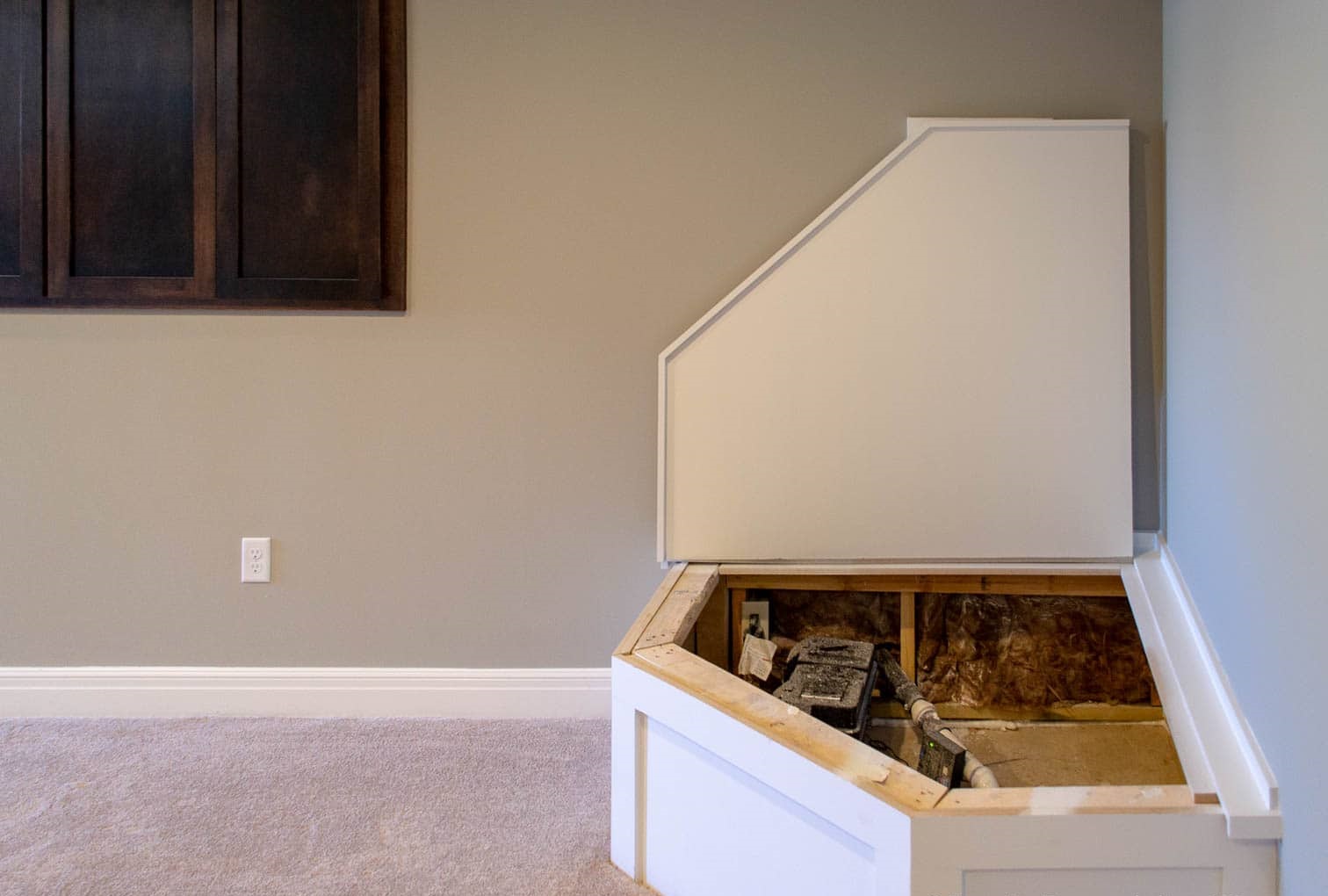
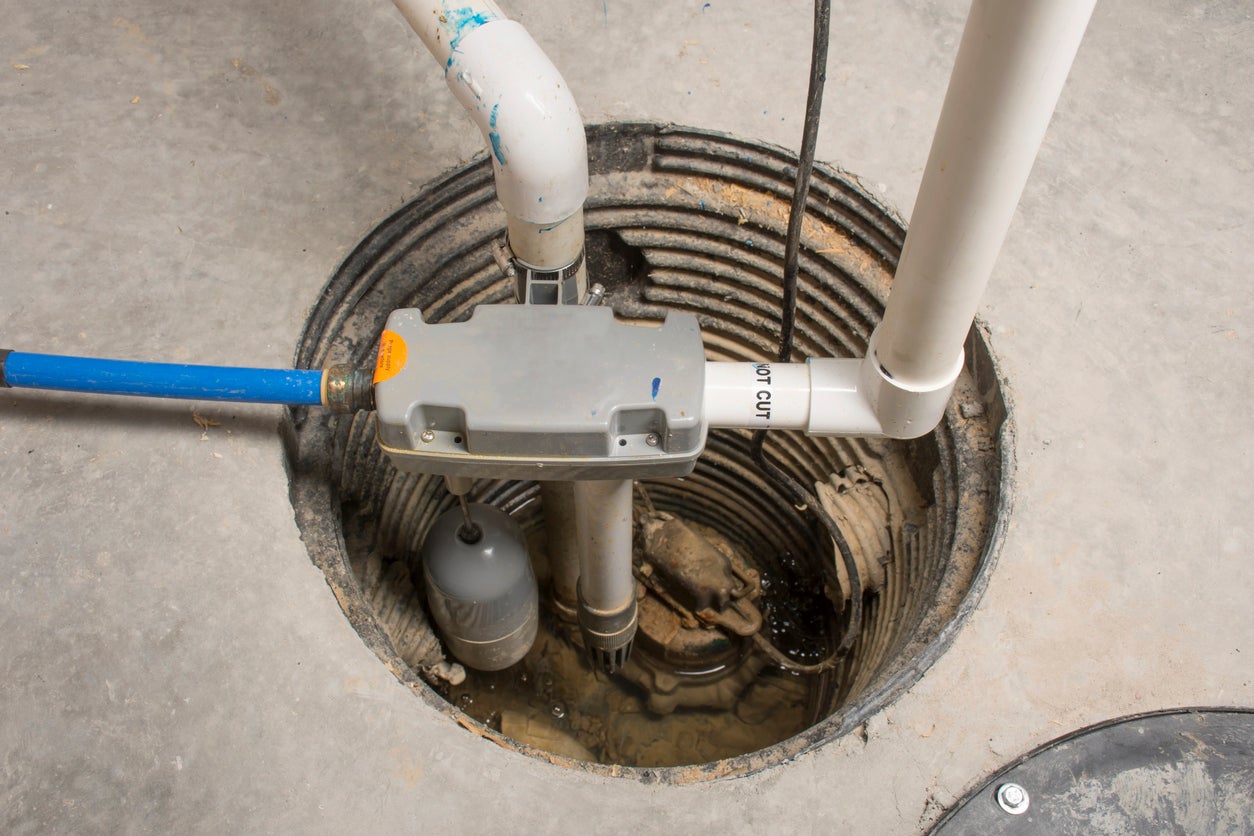
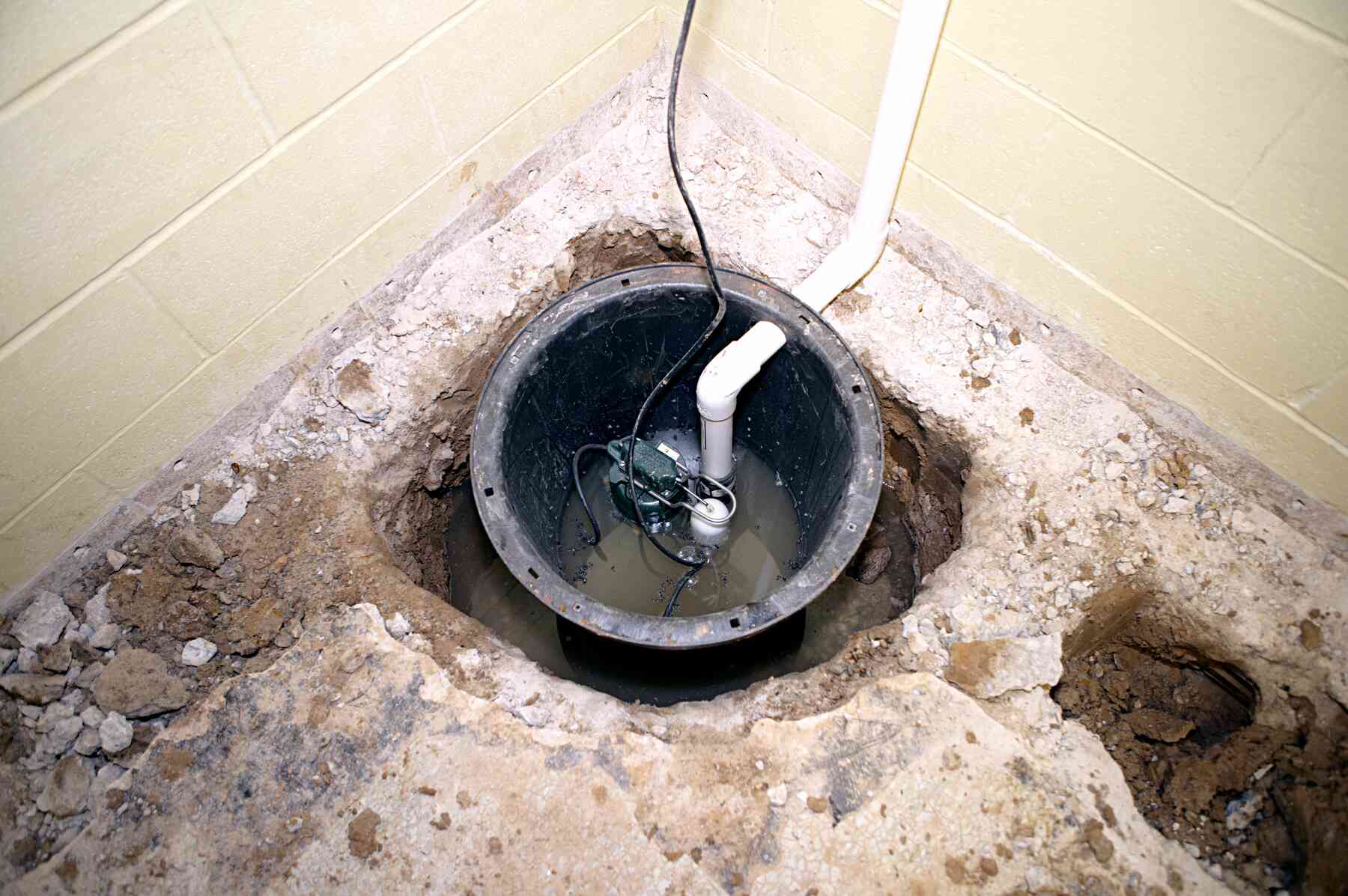


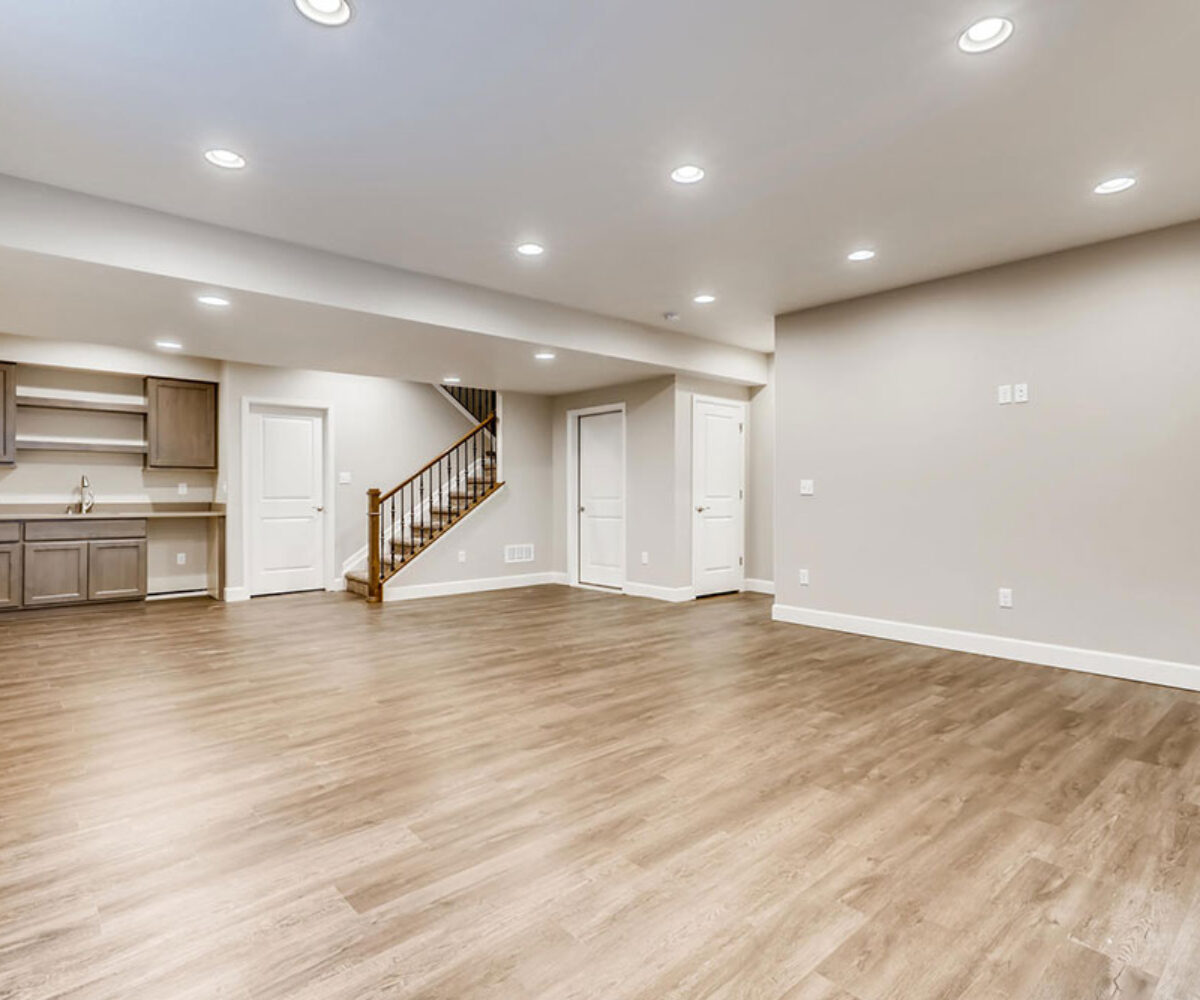
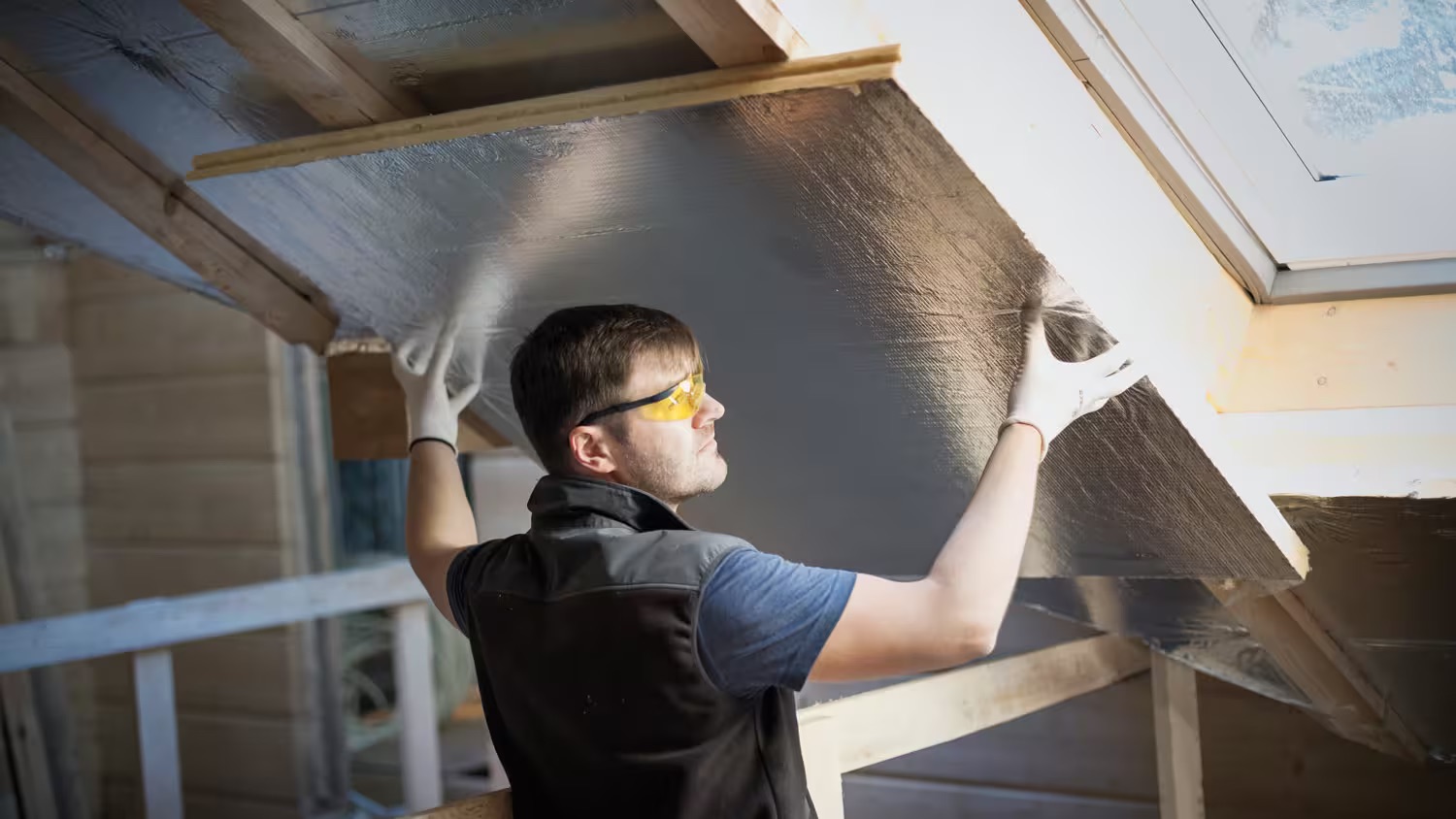
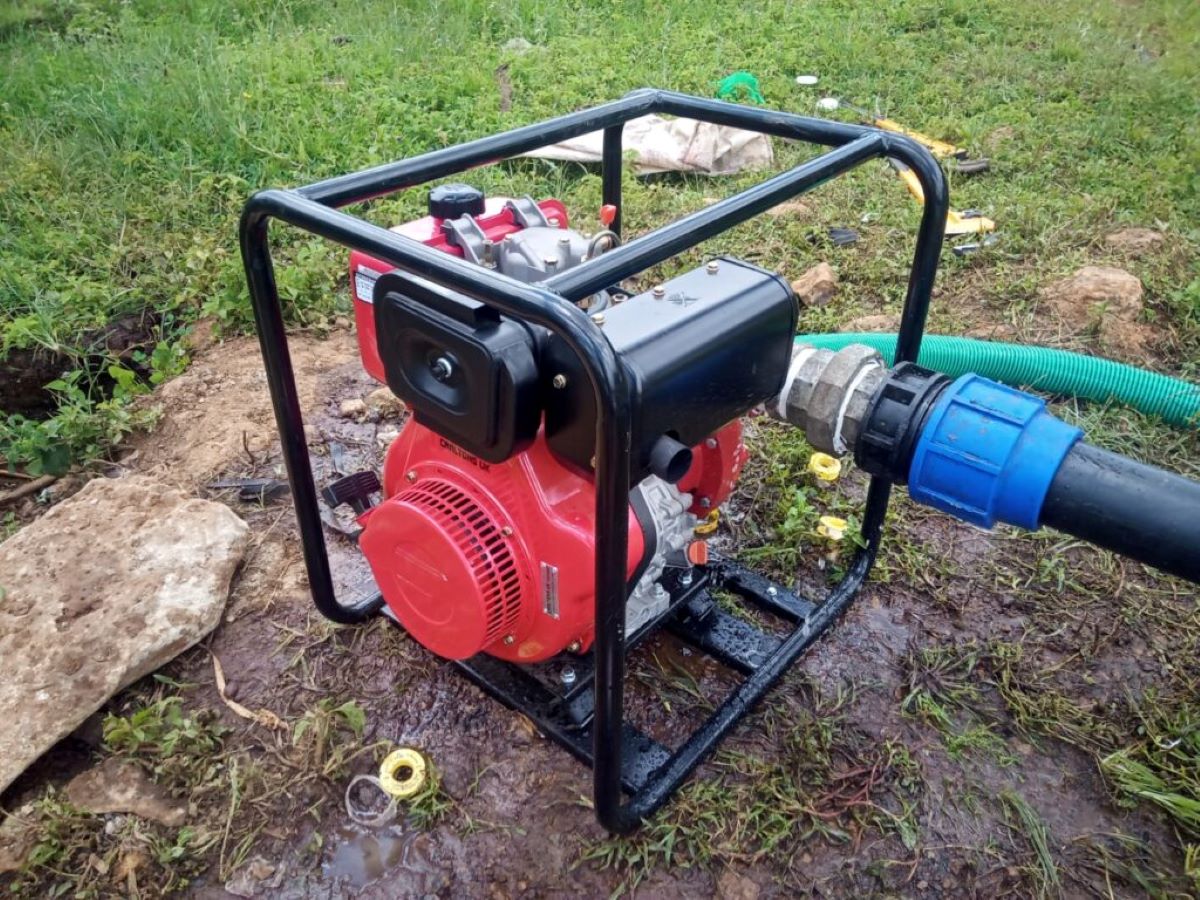
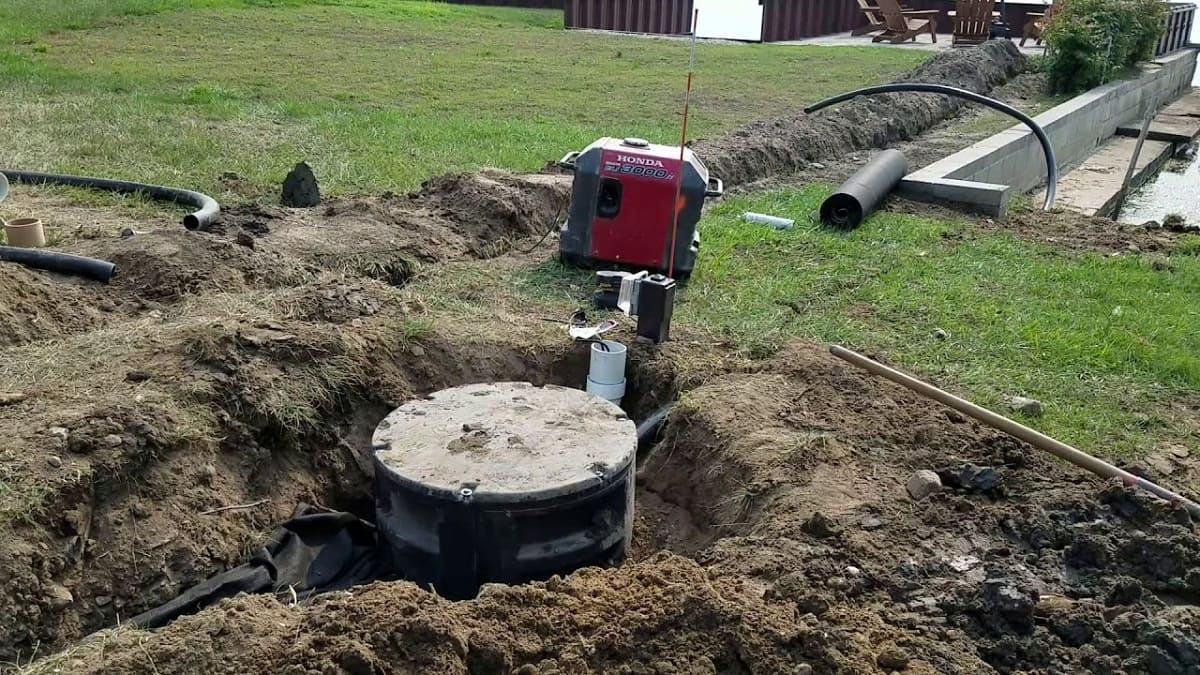
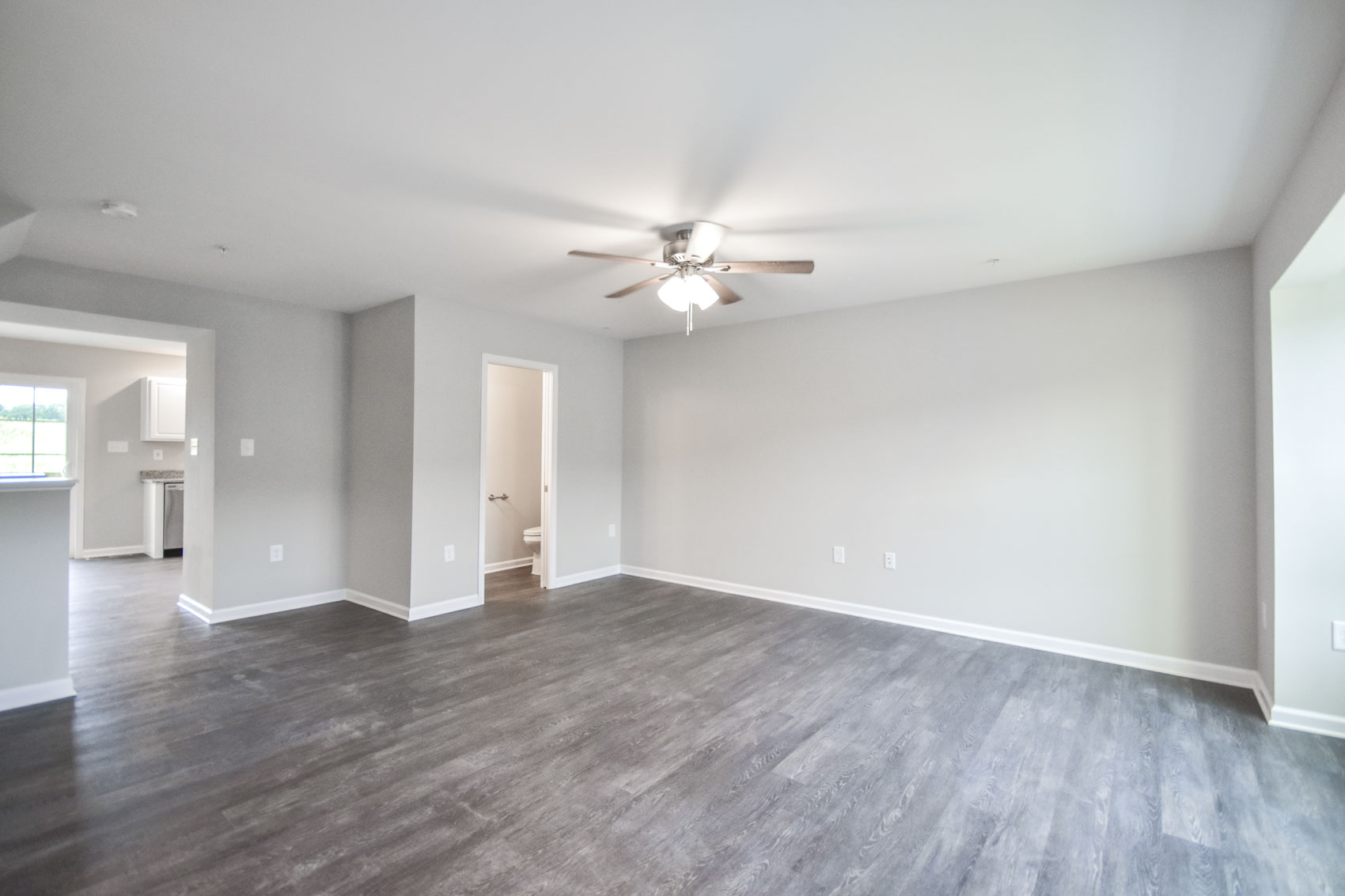

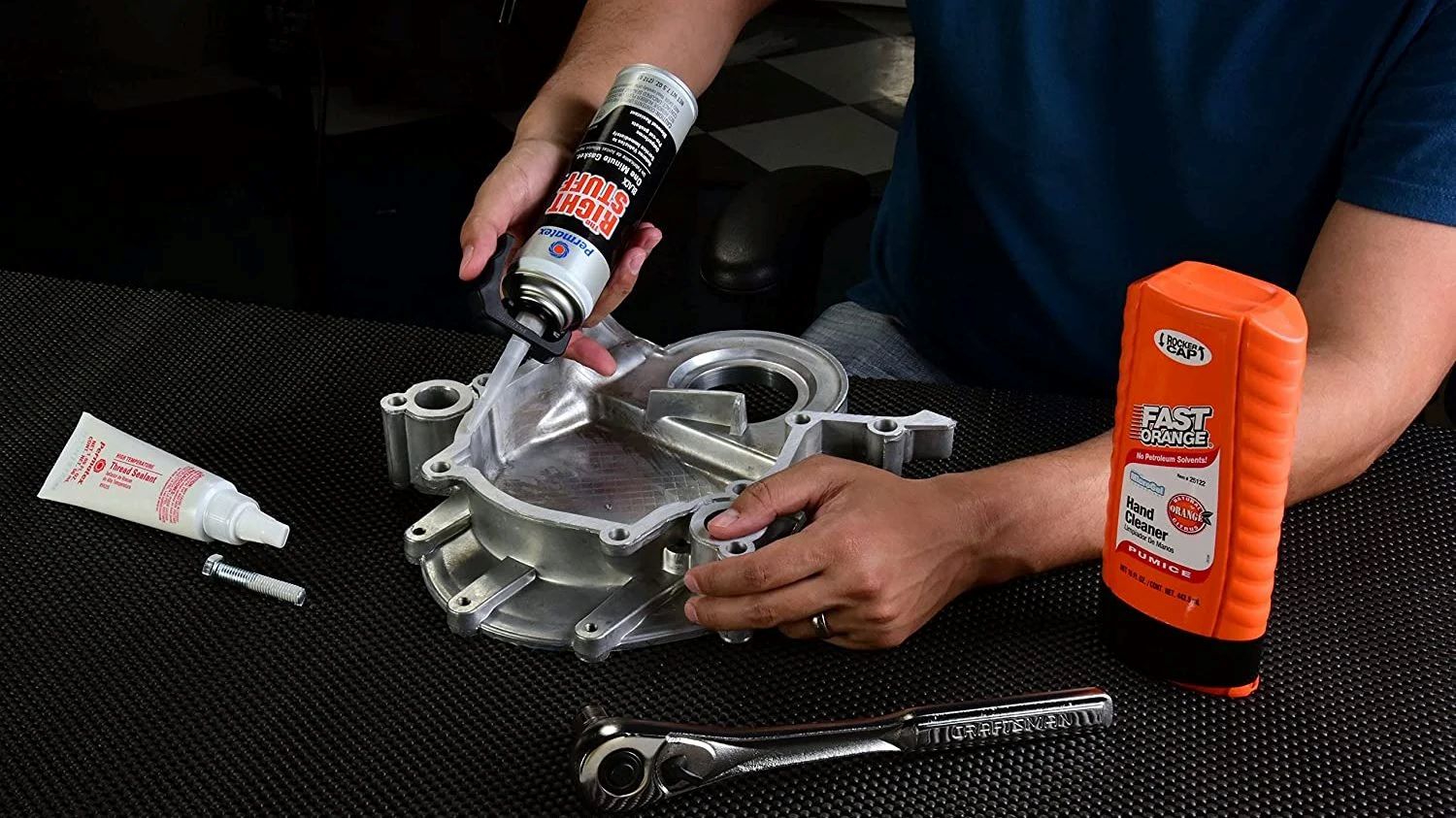
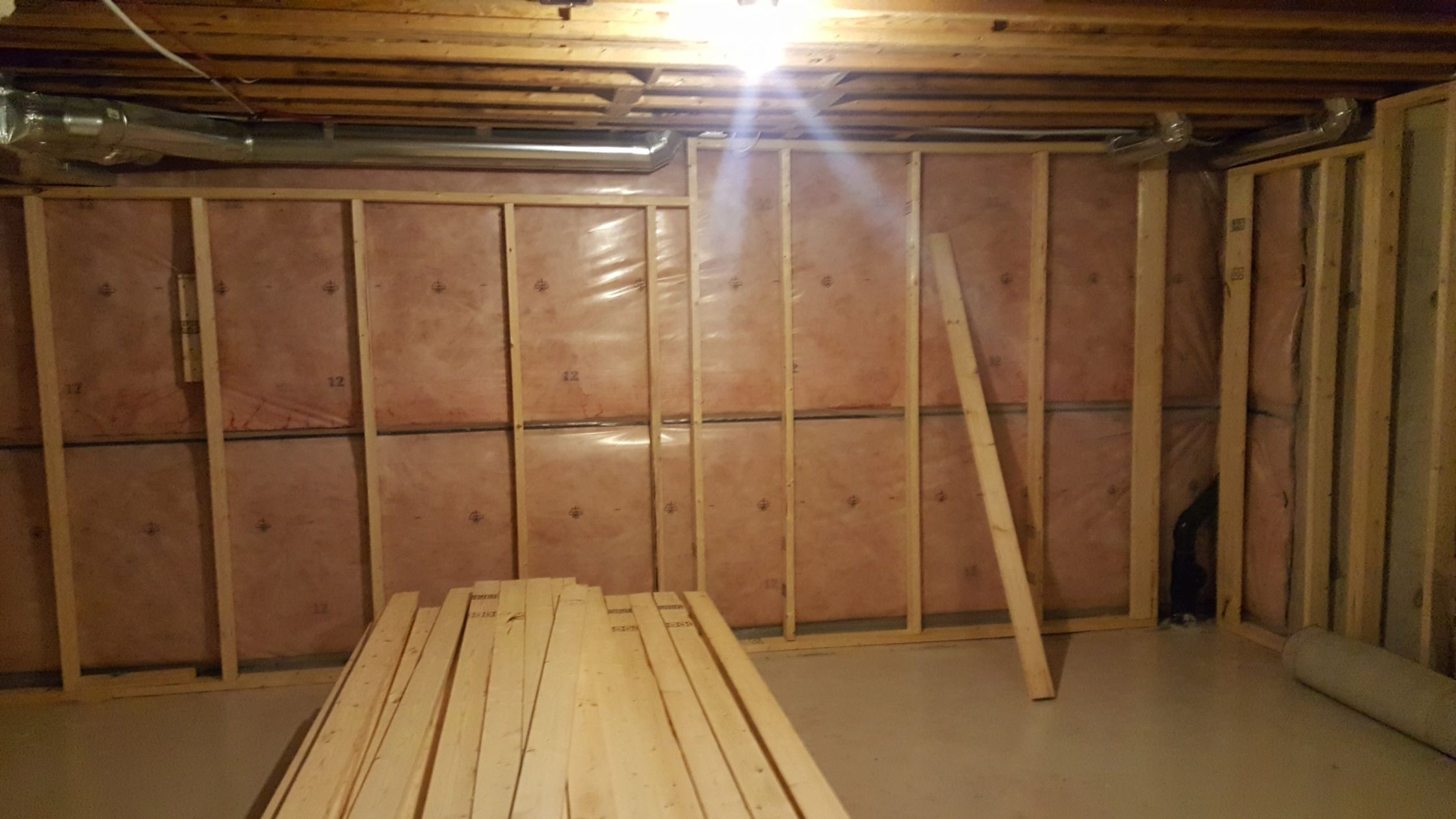

0 thoughts on “What Sump Pump Is Best For A Basement”